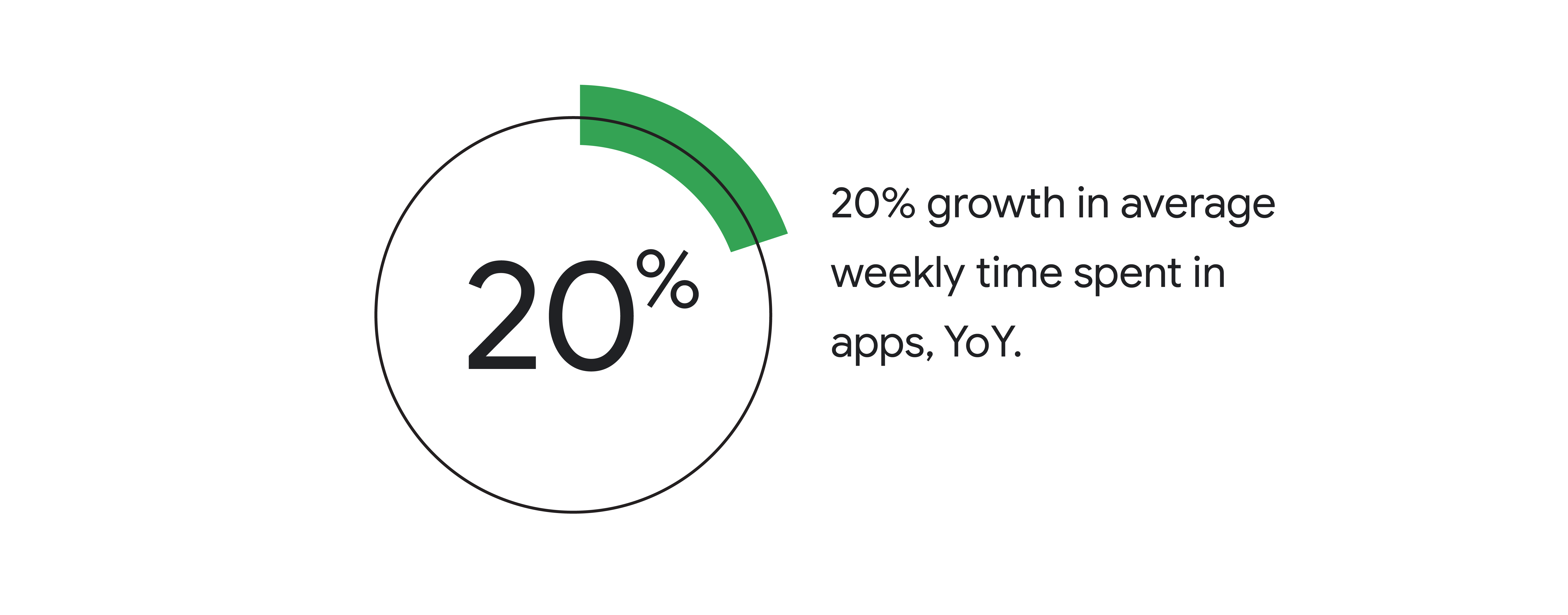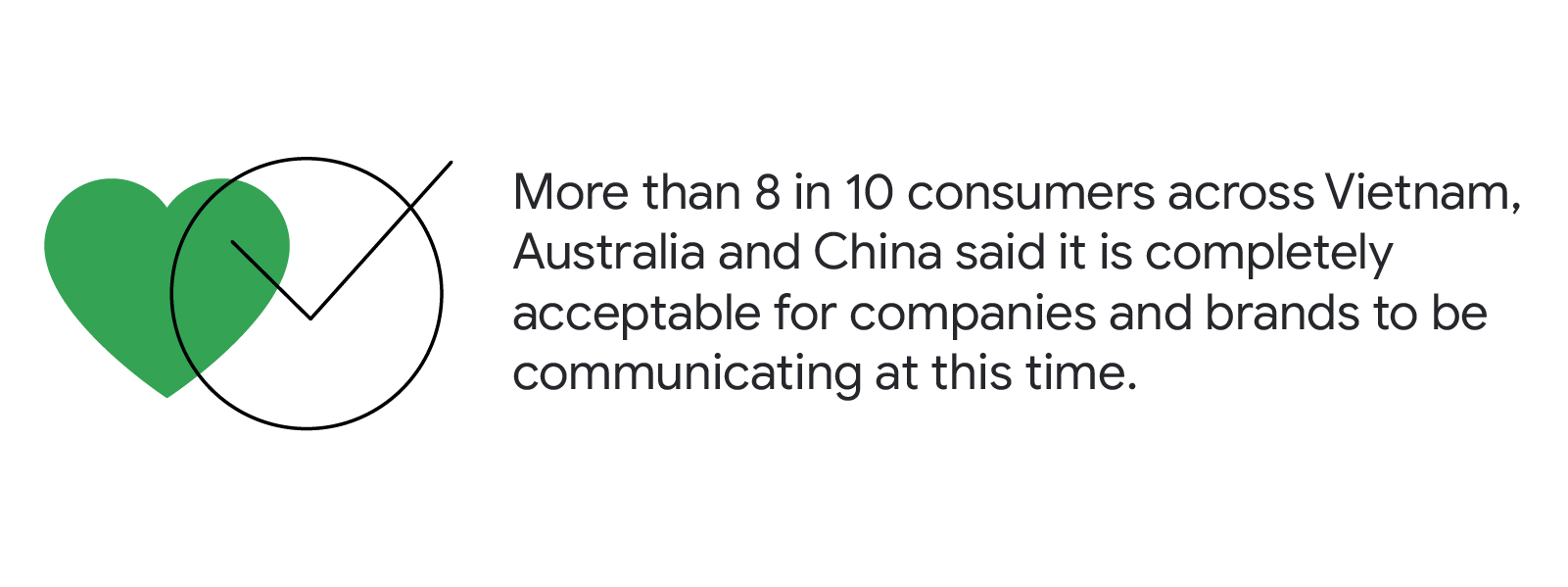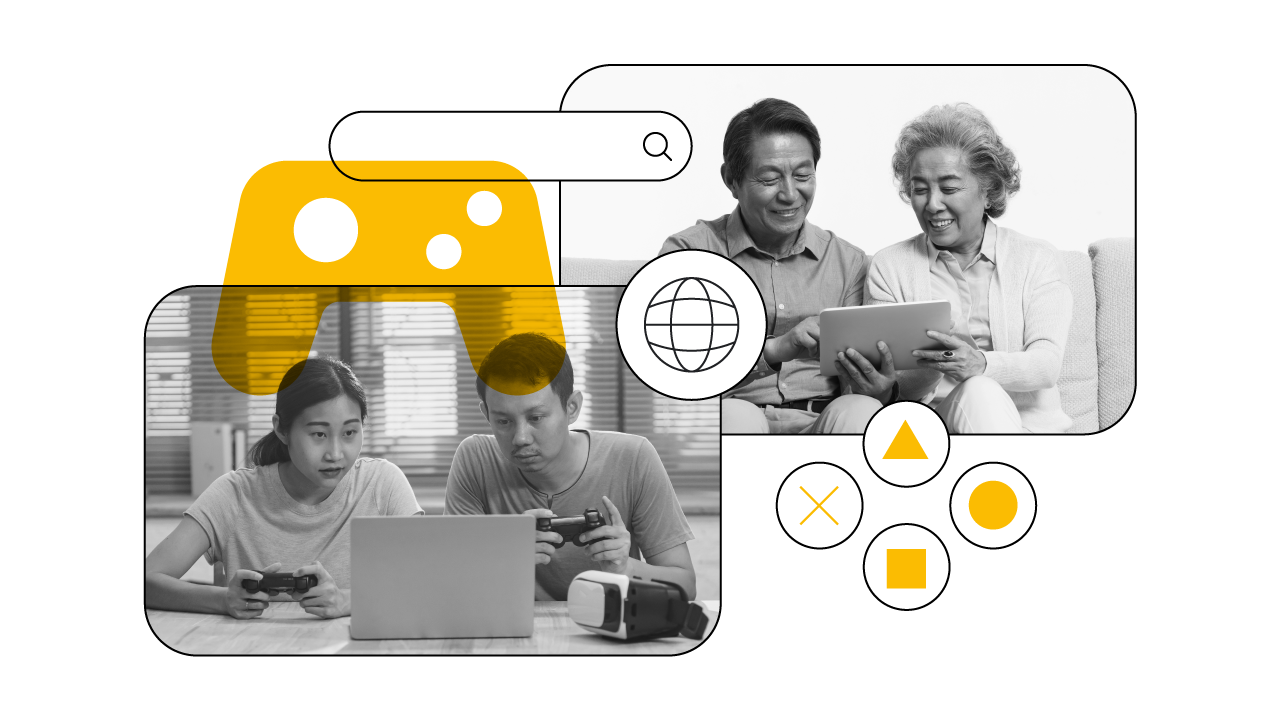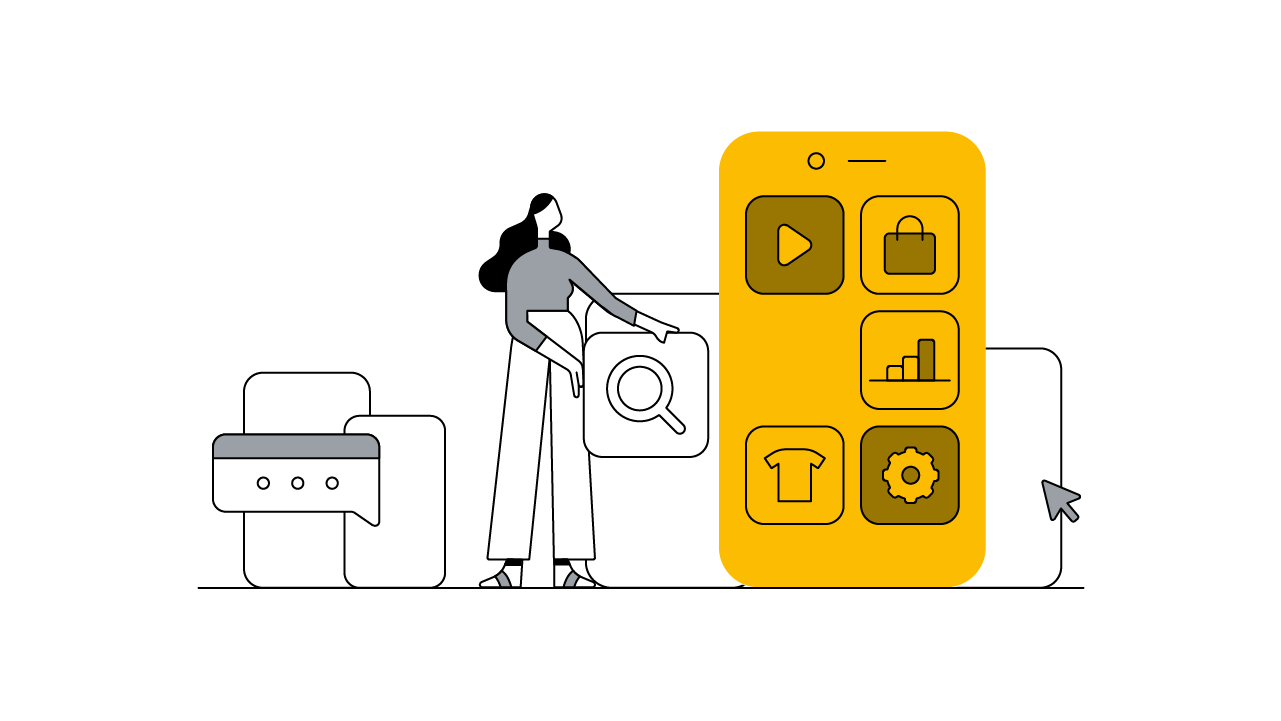Lowell Doppelt is Google’s managing director of global app development. Rohini Bushan, marketing manager for apps and games in the APAC region, provides APAC-specific insights here to illustrate Doppelt’s perspective.
Now more than ever, people are turning to apps to stay healthy, productive, connected, and informed. In fact, worldwide, average weekly time spent in apps grew 20% year over year in Q1 2020,1 suggesting apps are making a difference in how people navigate through this unprecedented time.

Given this shift in consumer behavior, companies are looking to adapt their app strategies — and in some cases, even their business models — to be there for customers. For inspiration on how to meet customers in the right moment, here are some examples of brands that have been successful in pivoting their app experience during the coronavirus situation to deliver the assistance users are seeking.
Respond quickly to meet market demands
As the region adapts to social distancing, people’s homes are being transformed into multipurpose spaces for work and school. Governments have mandated the complete closure of schools, colleges, and learning centers, leading to home-based learning. This is a major issue for parents in India, in particular, because the student contingent is massively populous at approximately 300 million.
Almost all big players in edutech responded to the crisis immediately and impactfully. One such brand is Unacademy. To help facilitate home-based learning, Unacademy has increased the number of free live classes on its platform. By offering “20,000 Free Live Classes,” the brand is living up to its “learning never stops” mission narrative.
Form partnerships to help the wider community
Consider leveraging partnerships to be there for people at this challenging time. Kakao, the company behind South Korea’s most popular messaging app, KakaoTalk, is helping people who are looking for face masks to protect themselves and their families during the pandemic by updating its KakaoMap tool via the government’s open API.* The update allows users to select a pharmacy and find out critical information such as the number of masks in stock. KakaoMap even provides English translation for users who do not speak the native language.
Extend helpfulness to service providers and partners
Food delivery, of course, is also top of mind. People are seeking ways to support local restaurants, but they also want assurance delivery apps are taking the right precautions. In Vietnam, food-delivery app BAEMIN is ensuring the care of food-delivery service providers by supplying thousands of protection kits, which include masks and sanitizers, to both drivers and participating restaurants.
In Singapore, ride-hailing company Grab launched GrabCare, a temporary ride service specifically for health care workers, to help them easily access transportation to and from work.
Adapt to new user needs
Over 50% of consumers across the globe are interested in hearing from brands that can help them navigate this crisis.2 As people self-isolate to flatten the curve, apps that help with daily transactions, such as banking and delivery, have become essential tools for users.
GCash, the biggest eWallet in the market from the Philippines, secured temporary approval from the central bank of the Philippines to increase wallet and transaction limits for users to support their needs in this trying time. This helped both users and service providers accept and disburse higher amounts quickly and conveniently amidst the crisis.
BigBasket, a grocery delivery app in India, is catering to the increased demand through community ordering. To maximize delivery slots to an area or apartment, users are encouraged to accumulate orders with neighbors and place one bulk order to help curb multiple deliveries and delays. The move proved to be such a success that it’s now a permanent feature on the app.
Communicate often and sensitively
Proactively engage with users as you respond to these shifts, and provide clear context as to why you’re making changes. People are looking for practical, relevant information and trust companies to deliver, so make sure you promptly communicate any expected business or product updates. This sentiment is particularly strong in Vietnam, with 88% of consumers saying it is completely acceptable for companies and brands to be communicating at this time, followed closely by Australian (87%) and Chinese (86%) consumers.3

Apps have long been powerful tools to connect people, build relationships, and drive loyalty. At a time when people are seeking reliable assistance and relevant information, be there with helpfulness and dependability they won’t forget.








